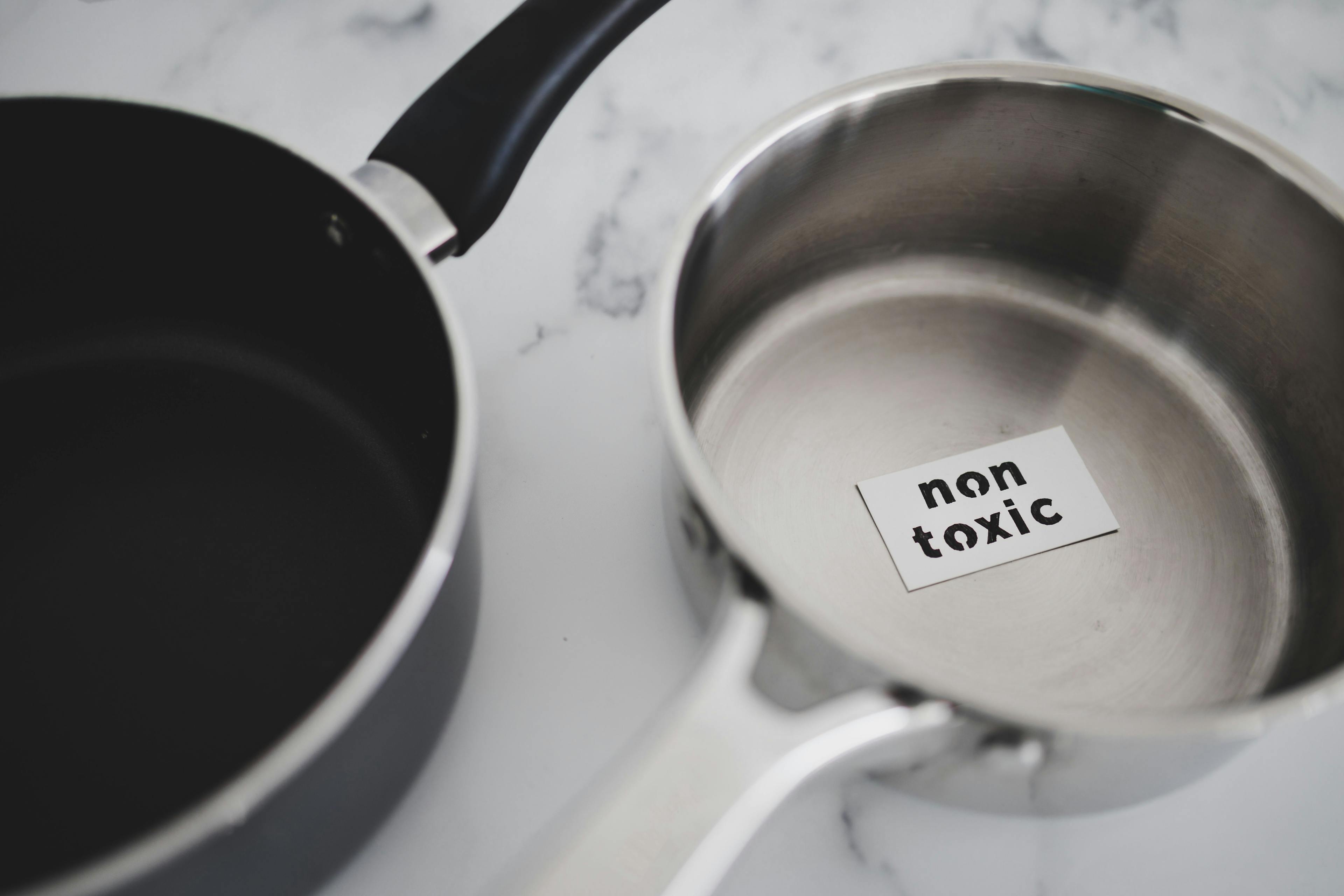Combining A Vaping Pen with Solid-Phase Microextraction (SPME) for the Analysis of Volatile Organic Compounds using GC–MS
LCGC International spoke to Doug Raynie about a novel gas chromatography (GC) method incorporating a consumer vape to investigate volatile organic compounds (VOCs) using GC with solid phase microextraction (SPME).
You recently published a paper on the development of dry-herb vaporizer-assisted solid-phase microextraction (SPME) for the analysis of volatile organic compounds using GC–MS (1).What types of VOCs are you analyzing and what were the problems associated with previous GC methods used to do this?
For this project, we analyzed VOCs from food products (cinnamon and horseradish sauce) and gasoline-contaminated soil. While there are no problems associated with the current approaches, these samples were chosen to demonstrate a range of sample types (including moisture content and range of analyte concentrations) which could be characterized with our approach. This paper demonstrated proof of concept for a new approach, rather than a developed analytical procedure.
How did you come up with idea that a dry herb vaporizer/vaping pen could be incorporated with SPME to enhance the analysis?
I believe that one of the keys to innovation and the creative process is to take seemingly disparate items or concepts and connecting them in a way that becomes useful. Several years ago, when medicinal and recreational cannabis were slowly becoming legalized in the U.S., I read a magazine article on how this was creating new business opportunities. This was also the time when vaping was becoming accepted as an alternative to cigarette smoking. The article mentioned the use of dry-herb vaporizers for smoking marijuana, and one would also grind the plant material. Concurrent with this time was discussion among sample preparation researchers of an instrument or apparatus that would combine multiple processing steps. Since most solid samples require grinding, the possibility of the “grinding vaporizer” was intriguing. Regardless, vaping is fundamentally a form of extraction; that is, selected compounds are being isolated from the sample.
These thoughts ruminated in my mind for several years. In fact, by the time I decided to act on this, I couldn’t remember any details of the grinding apparatus. Hence, we just went with the dry-herb vaporizer and SPME (which we perform routinely in our laboratory) as a convenient means of sampling the vaporized components.
What were the main analytical challenges and how did you overcome them?
The major analytical challenge was a concern regarding run-to-run sample carryover. We addressed this by using a small piece of aluminum foil to line the ceramic heating element. There is also some concern over the heating times since the vaping device only maintains operational temperature for five minutes and optimized SPME can take several minutes longer. This is subject of additional studies.
What were your main findings?
The approach presented in our paper is simple, inexpensive, and green. It can be used for studies conducted in the field, rather than in the laboratory.
Could this approach be incorporated into other types of analysis?
As it is, the vaping devices use a temperature greater than that typically used in headspace analysis and, often, in thermal desorption. It is conceivable that an optimized device could cover temperatures not commonly used in chemical analysis and extend into the range found in pyrolysis-GC.
Reference
(1) Ahsan Ahmed, A. K. M.; Raynie, D. E. Development of Dry-herb Vaporizer-assisted Solid-phase Microextraction for the Analysis of Volatile Organic Compounds. Advances in Sample Preparation 2024, 10, 100112. DOI: 10.1016/j.sampre.2024.100112
About the Interviewee
“Sample Preparation Perspectives editor Douglas E. Raynie is Professor Emeritus at South Dakota State University. His research interests include green chemistry, alternative solvents, sample preparation, high-resolution chromatography, and bioprocessing in supercritical fluids. He earned his Ph.D. In 1990 at Brigham Young University under the direction of Milton L. Lee. Raynie is a member of LCGC’s editorial advisory board.


Fundamentals of Benchtop GC–MS Data Analysis and Terminology
April 5th 2025In this installment, we will review the fundamental terminology and data analysis principles in benchtop GC–MS. We will compare the three modes of analysis—full scan, extracted ion chromatograms, and selected ion monitoring—and see how each is used for quantitative and quantitative analysis.
Quantifying Microplastics in Meconium Samples Using Pyrolysis–GC-MS
March 26th 2025Using pyrolysis-gas chromatography and mass spectrometry, scientists from Fudan University and the Putuo District Center for Disease Control and Prevention detected and quantified microplastics in newborn stool samples.
The Role of SPME Combined with GC–MS for PFAS Analysis
Published: March 25th 2025 | Updated: March 25th 2025Emanuela Gionfriddo and Madison Williams from University at Buffalo, the State University of New York, NY, USA discuss the important role that solid-phase microextraction (SPME) techniques with gas chromatography mass spectrometry (GC–MS) can play in the analysis of per- and polyfluoroalkyl substances (PFAS).











